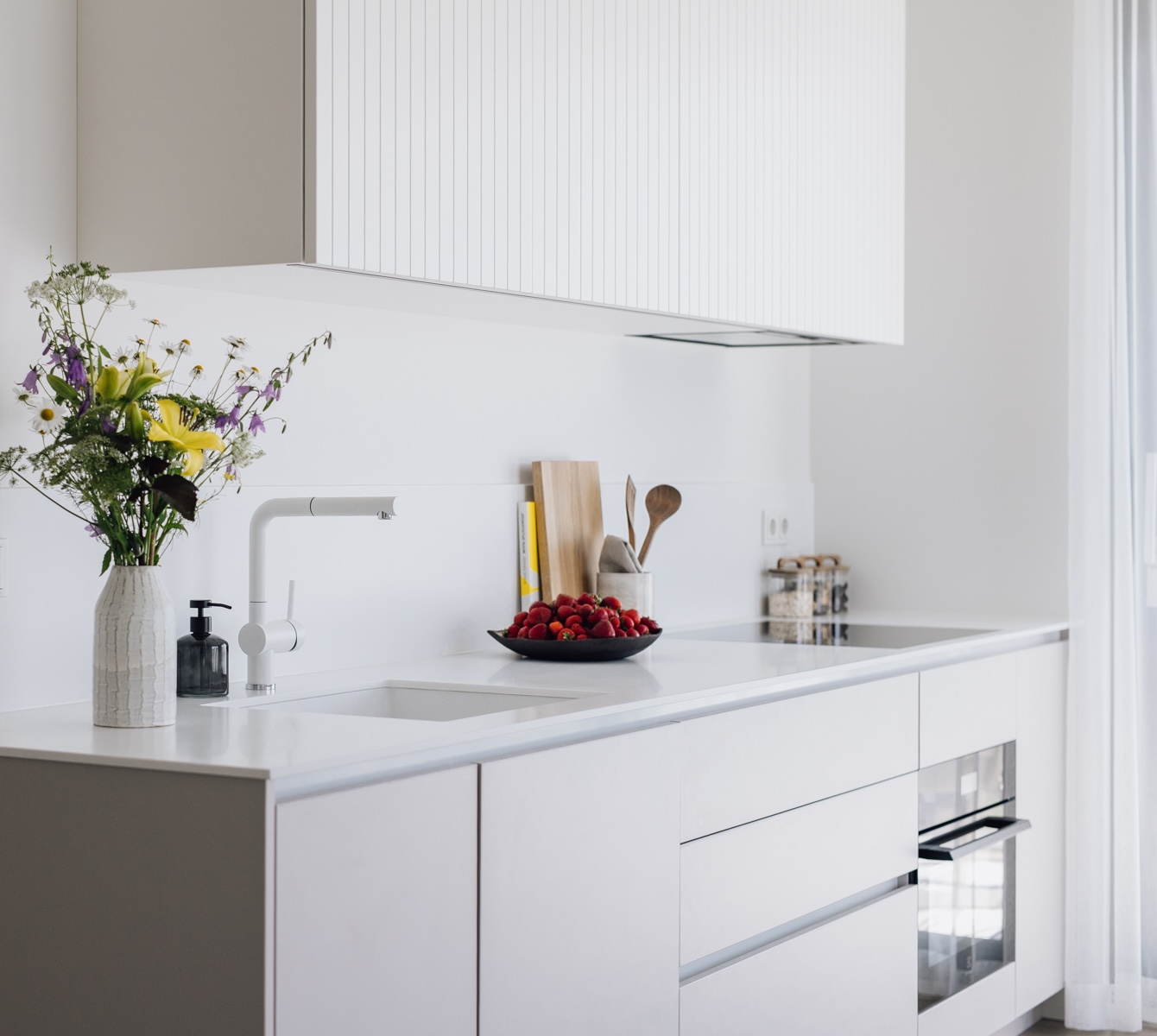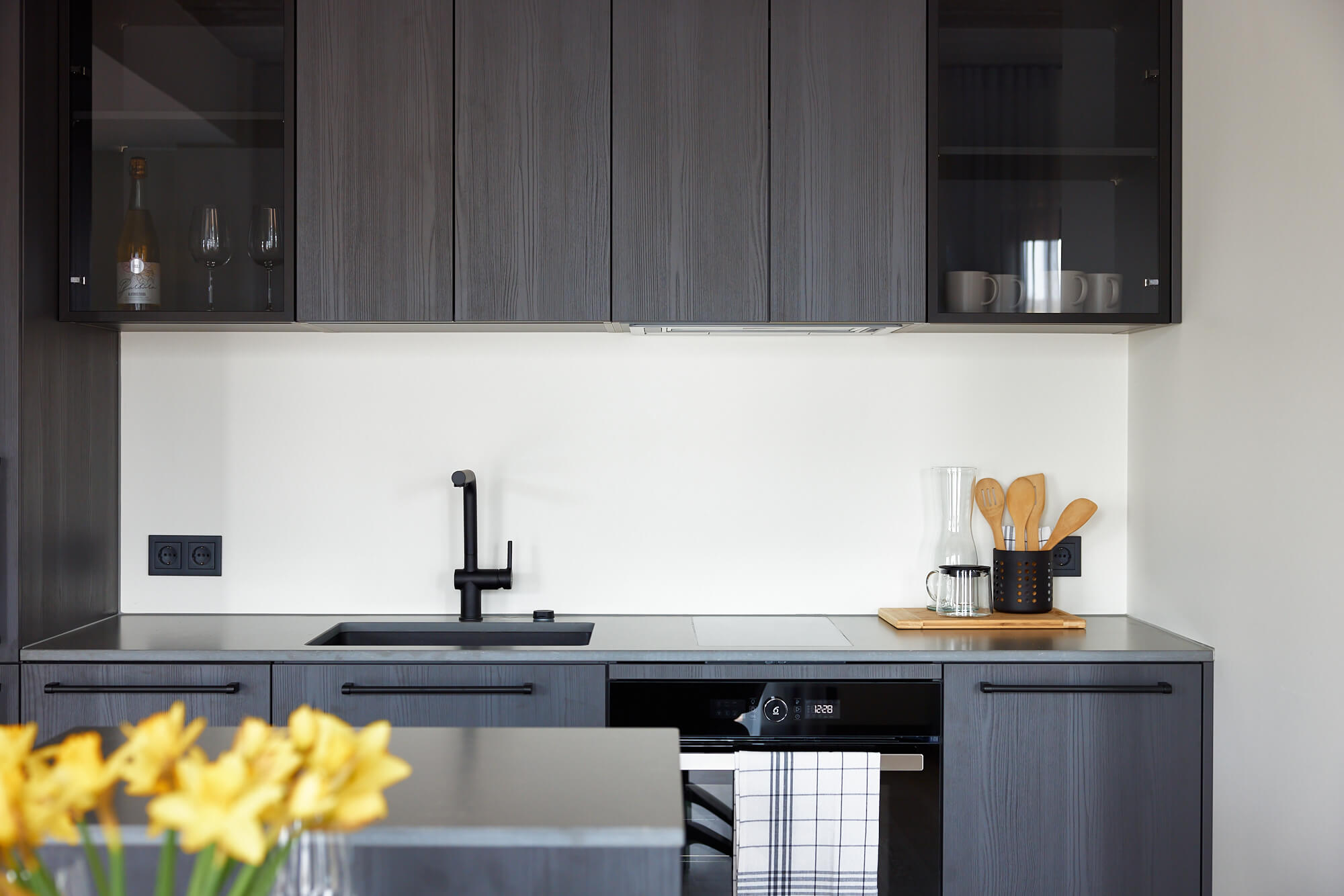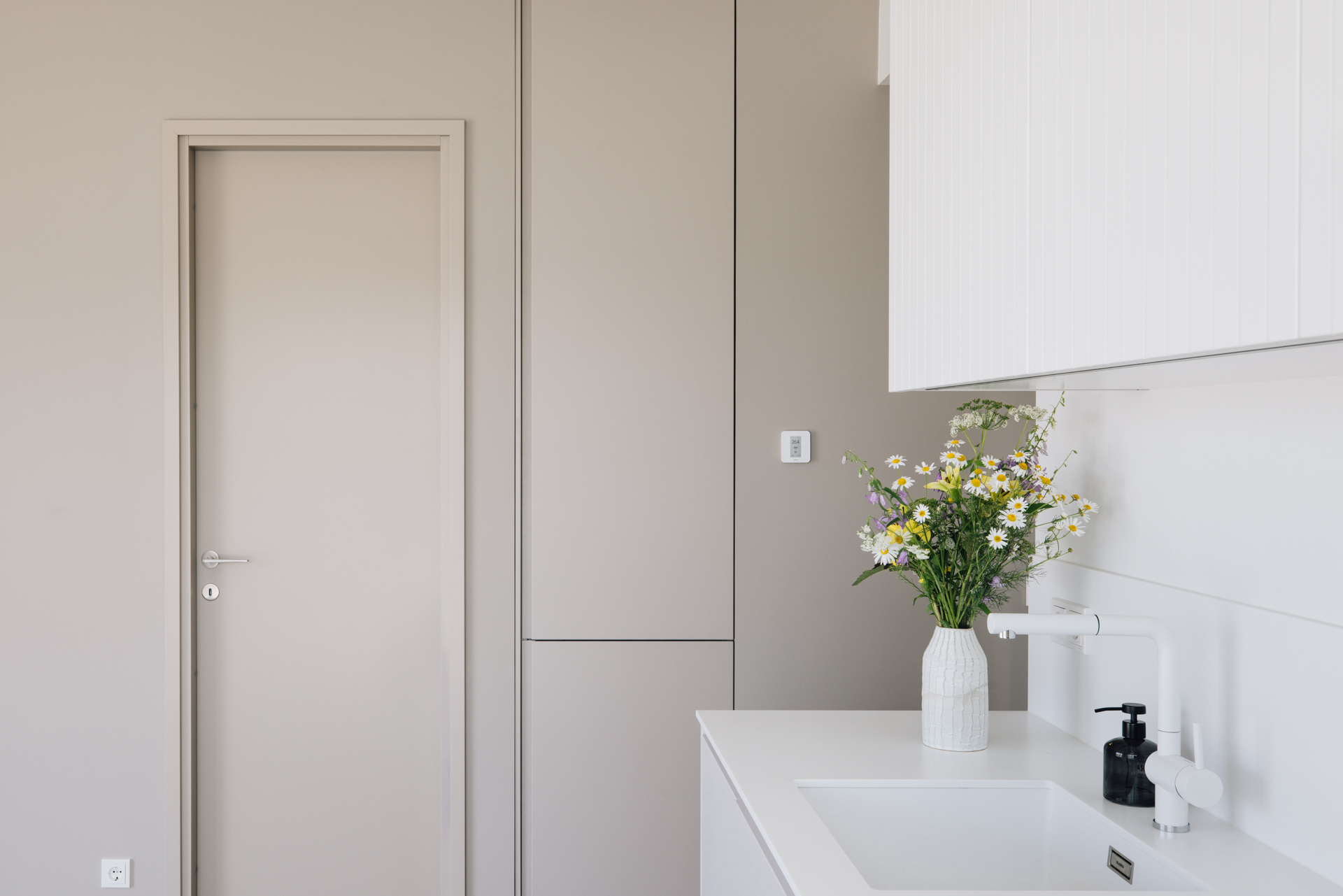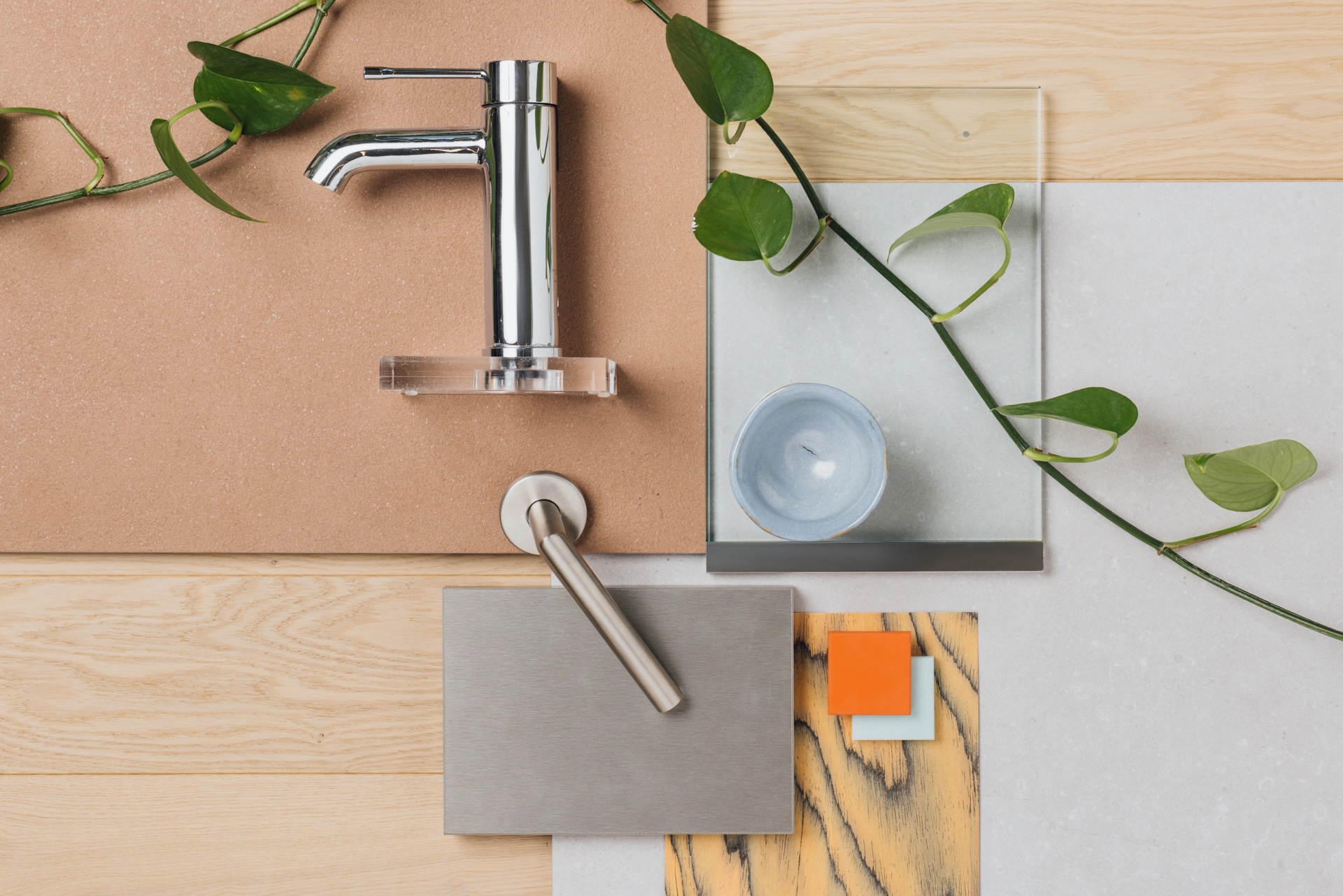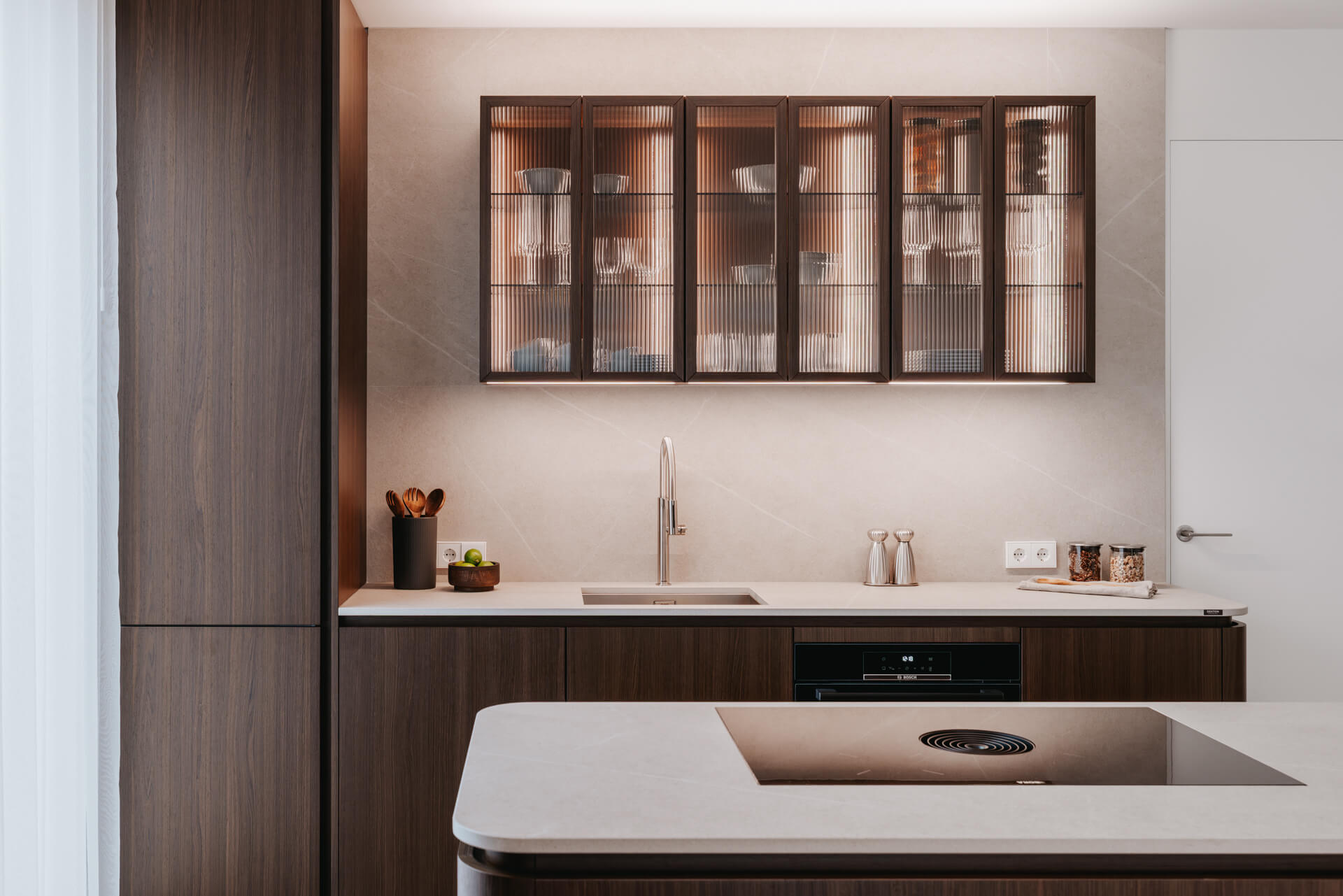Which Room Should a Child Be Raised In?
The more astute readers probably ask, should a child even be raised in a room? Some argue whether “raising” is a modern term at all. There are as many opinions on this matter as there are people with opinions. However, there are some nuances to consider when planning a children’s room – it should be safe, comfortable, and inspiring.
To create an inspiring children’s room, the first and easiest way is to combine colours – colourful walls, bedding, and accessories bring liveliness and joy to the space. However, one can also consider calm and soothing colors that favour good sleep and emotional balance. But room planning is not just about choosing furniture and colors; it should start with the layout of the space, lighting solutions, followed by the interior design itself.
It is possible to plan the children’s rooms in collaboration with Liven’s interior architects, because despite our great interest in planning children’s rooms, it is not possible to do it well without the future inhabitants. In addition to selecting the layout, it is possible to choose interior finishes and furniture in Liven’s Home Designer application.
Furthermore, children engage in lots of activities in their rooms, so it is important to have versatile lighting options. It is a good idea to use dimmable lights and/or different light sources.
A different approach to room division
Sometimes, when having more than one child, rooms are used according to their function, rather than being divided among the children. One room serves as a bedroom, while the other is used as a play and study room. This approach is especially beneficial for children who have difficulties in falling asleep. When the playroom door closes and the bedroom door opens, the transition from one activity to another becomes clearer.
In this case, planning furnishing and lighting is also easier – the room can be more colourful and well-lit, where playtime can be interrupted and resumed from the same spot in the morning.
Inspiration from the Montessori method
In a Montessori children’s room, the child should be able to move, explore, and learn independently. Furniture should be chosen according to the child’s size. For example, the child’s bed should be low to allow the child to get in and out of bed on their own, even from an early age.
Toys play an important role in a Montessori children’s room. They should be natural and made from quality materials. For example, wooden toys can be chosen to help the child develop their creativity and imagination. There can also be play tables or shelves at the child’s height, so they can learn and explore various topics by themselves.
There should be enough space for arts and crafts activities in a Montessori children’s room. Art supplies should be within the child’s reach and easy to use. Tall cabinets are not recommended as the room’s owner cannot reach all their belongings independently.
In conclusion, just as every person and family is different, planning a children’s room can be quite unique as well. If you are planning to purchase a home in a new development, check out the possibilities offered by Liven.
